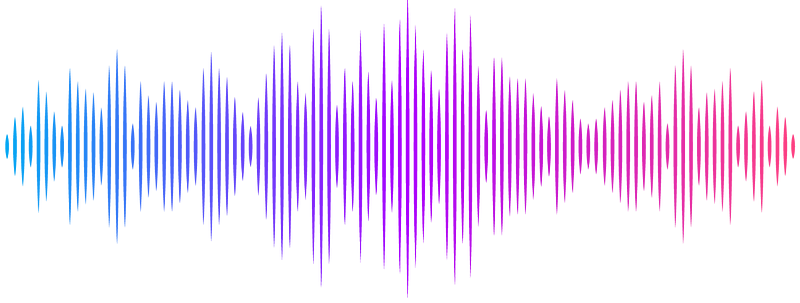Kidney cortex macrophages prevent the formation of mineral stones by reabsorbing phosphate from the urine

Kidney cortex macrophages prevent the formation of mineral stones by reabsorbing phosphate from the urine
Wang, Y.; Weng, Y.; Ding, X.; Chen, N.; Wang, Q.; Lu, Z.; Gao, Z.; Chen, J.; Han, F.; Shen, X. Z.
AbstractEmerging evidence showed that even in the same organ, macrophages distributed in disparate microanatomic niches execute different physiological functions. In the kidney, a recent report demonstrated that resident macrophages in the medulla were responsibe for removing sedimentary particles from urine to prevent tubule obstruction. In this study, we found that resident macrophages in the kidney cortex distinguishably highly expressed phosphate transporter SLC34A1 relative to other tissue macrophages including their counterparts in kidney medulla. The cortex juxtatubular macrophages formed transepithelial protrusions and could reabsorb phosphate from the urine via SLC34A1. As such, depleting Slc34a1 from kidney macrophages increased phosphate urine output. Moreover, loss of SLC34A1 expression from kidney macrophages led to a rampant formation of intratubular calcium phosphate (CaP) microcrystals, which when in a challenge of oxalate over-exposure, accelerated the formation of kidney mineral stones. Physiologically, cortex macrophages would upregulate SLC34A1 expression in response to the overpresence of environmental CaP crystals, which could enhance phosphate reabsorption as a preventing strategy to preclude mineral stone formation in the downstream renal tubule system.